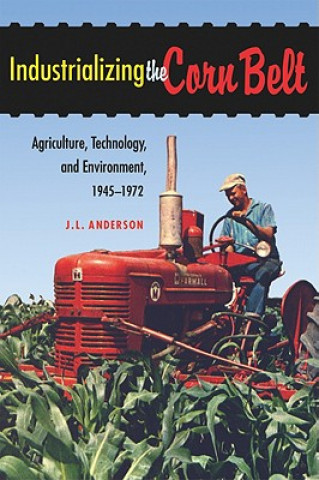
Code: 04750187
Industrializing the Corn Belt
by J. L. Anderson
This book presents the history of industrializing agriculture from the perspective of the Corn Belt farmer.From the late 1940s to the early 1970s, farmers in the Corn Belt transformed their region into a new, industrial powerhouse ... more
- Language:
 English
English - Binding: Hardback
- Number of pages: 248
Publisher: Northern Illinois University Press, 2008
- More about this

27.16 €
RRP: 33.57 €
You save 6.40 €

In stock at our supplier
Shipping in 9 - 12 days
You might also like
Give this book as a present today
- Order book and choose Gift Order.
- We will send you book gift voucher at once. You can give it out to anyone.
- Book will be send to donee, nothing more to care about.
More about Industrializing the Corn Belt
You get 68 loyalty points
 Book synopsis
Book synopsis
This book presents the history of industrializing agriculture from the perspective of the Corn Belt farmer.From the late 1940s to the early 1970s, farmers in the Corn Belt transformed their region into a new, industrial powerhouse of large-scale production, mechanization, specialization, and efficiency. Extension agents and implement manufacturers had urged farmers in this direction for decades, but it was the persistent labor shortage and cost-price squeeze following WWII that prompted farmers to pave the way to industrializing agriculture. Anderson examines the changes in Iowa, a representative state of the Corn Belt, in order to explore why farmers adopted particular technologies and how, over time, they integrated new tools and techniques.In addition to the impressive field machinery, grain storage facilities, and automated feeding systems were the less visible, but no less potent, chemical technologies - antibiotics and growth hormones administered to livestock, as well as insecticide, herbicide, and fertilizer applied to crops. Much of this new technology created unintended consequences: pesticides encouraged the proliferation of resistant strains of plants and insects while also polluting the environment and threatening wildlife, and the use of feed additives triggered concern about health effects to consumers.Anderson explains that the cost of equipment and chemicals made unprecedented demands on farm capital, and in order to maximize production, farmers either planted more acres with fewer but more profitable crops or specialized in raising large herds of a single livestock species. The industrialization of agriculture gave rural Americans a lifestyle resembling that of their urban and suburban counterparts. Yet the rural population continued to dwindle as farms required less human labor; many small farmers, unable or unwilling to compete, chose to sell out." Industrializing the Corn Belt" - based on farm records, cooperative extension reports, USDA publications, oral interviews, trade literature, and agricultural periodicals - offers a fresh look at an important period of revolutionary change in agriculture through the eyes of those who grew the crops, raised the livestock, implemented new technology, and ultimately made the decisions that transformed the nature of the family farm and the midwestern landscape.
 Book details
Book details
Book category Books in English Humanities History History: specific events & topics
27.16 €
- Full title: Industrializing the Corn Belt
- Author: J. L. Anderson
- Language:
 English
English - Binding: Hardback
- Number of pages: 248
- EAN: 9780875803920
- ID: 04750187
- Publisher: Northern Illinois University Press
- Weight: 499 g
- Dimensions: 234 × 155 × 23 mm
- Date of publishing: 31. October 2008
Trending among others
-

Man's Search for Meaning
7.03 € -6 % -

The Complete MAUS
18.71 € -15 % -

Man's Search For Meaning
15.19 € -28 % -

The Rape of Nanking
15.89 € -20 % -

Bloodlands
12.87 € -12 % -

Diary of a Young Girl
9.55 € -

Stoned
10.25 € -28 % -

Guns, Germs and Steel
12.27 € -26 % -

Mein Kampf - The Ford Translation
35.11 € -13 % -

Maps of the Ancient Sea Kings
20.42 € -20 % -

Billion Dollar Spy
11.46 € -26 % -

Incidents in the Life of a Slave Girl
4.92 € -18 % -

Brief History of Japan
12.97 € -23 % -
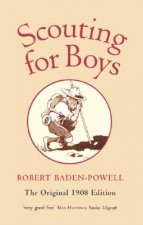
Scouting for Boys
10.25 € -28 % -

Ascent of Money
17.90 € -10 % -

Arado: History of an Aircraft Company
28.17 € -21 % -

Wooden Ship Building and the Interpretation of Shipwrecks
96 € -

Encyclopedia of Hair
108.48 € -
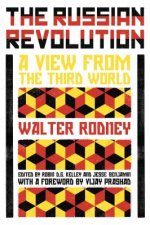
The Russian Revolution
21.93 € -21 % -

COMPLETE HISTORY OF THE PIRATES - A Detailed Account of the Robberies and Exploits of the Most Notorious Pirates
25.55 € -13 % -

Legendary Ladies: 50 Goddesses to Empower and Inspire You
15.19 € -28 % -

Beauty and Cosmetics 1550 to 1950
10.25 € -20 % -

What Ship, Where Bound?
15.09 € -18 % -

How the World Swung to the Right - Fifty Years of Counterrevolutions
12.67 € -21 % -

True History of Chocolate
12.17 € -22 % -

East West Street
10.05 € -24 % -

Night to Remember
11.26 € -28 % -

Homo Deus
12.47 € -25 % -
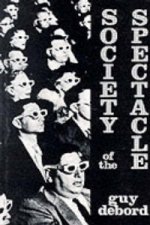
Society of the Spectacle
11.66 € -

Ordinary Men
10.15 € -28 % -

Eichmann in Jerusalem
10.96 € -23 % -

Madness and Civilization
16.29 € -22 % -

The Choice
11.76 € -29 % -

Conquerors
12.07 € -29 % -

Ordinary Men
15.49 € -26 % -
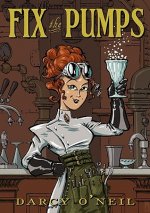
Fix the Pumps
13.68 € -23 % -
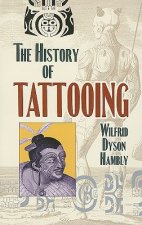
History of Tattooing
13.27 € -16 % -

Monk
9.45 € -14 % -

Secret Lives of Colour
13.88 € -29 % -

Imperialism: The Highest Stage of Capitalism
7.44 € -12 % -
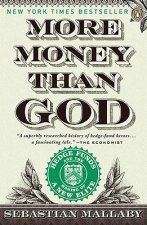
More Money Than God
18.61 € -15 % -

Diary of a Young Girl
10.05 € -24 % -

Man's Search For Meaning
10.86 € -23 % -

Eichmann in Jerusalem
13.68 € -28 % -
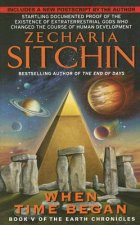
When Time Began
7.94 € -22 % -

Golden Atlas
25.15 € -28 % -

Twelve Years a Slave
3.51 € -23 % -

Good Night Stories for Rebel Girls: 50 Postcards
15.69 € -3 % -

European Weapons and Armour
28.07 € -19 %
Collection points Bratislava a 2642 dalších
Copyright ©2008-24 najlacnejsie-knihy.sk All rights reservedPrivacyCookies






 15549 collection points
15549 collection points Delivery 2.99 €
Delivery 2.99 € 02/210 210 99 (8-15.30h)
02/210 210 99 (8-15.30h)